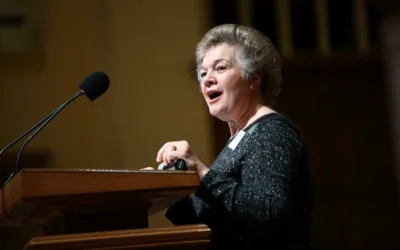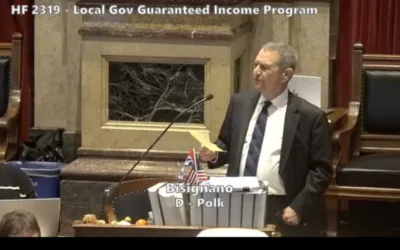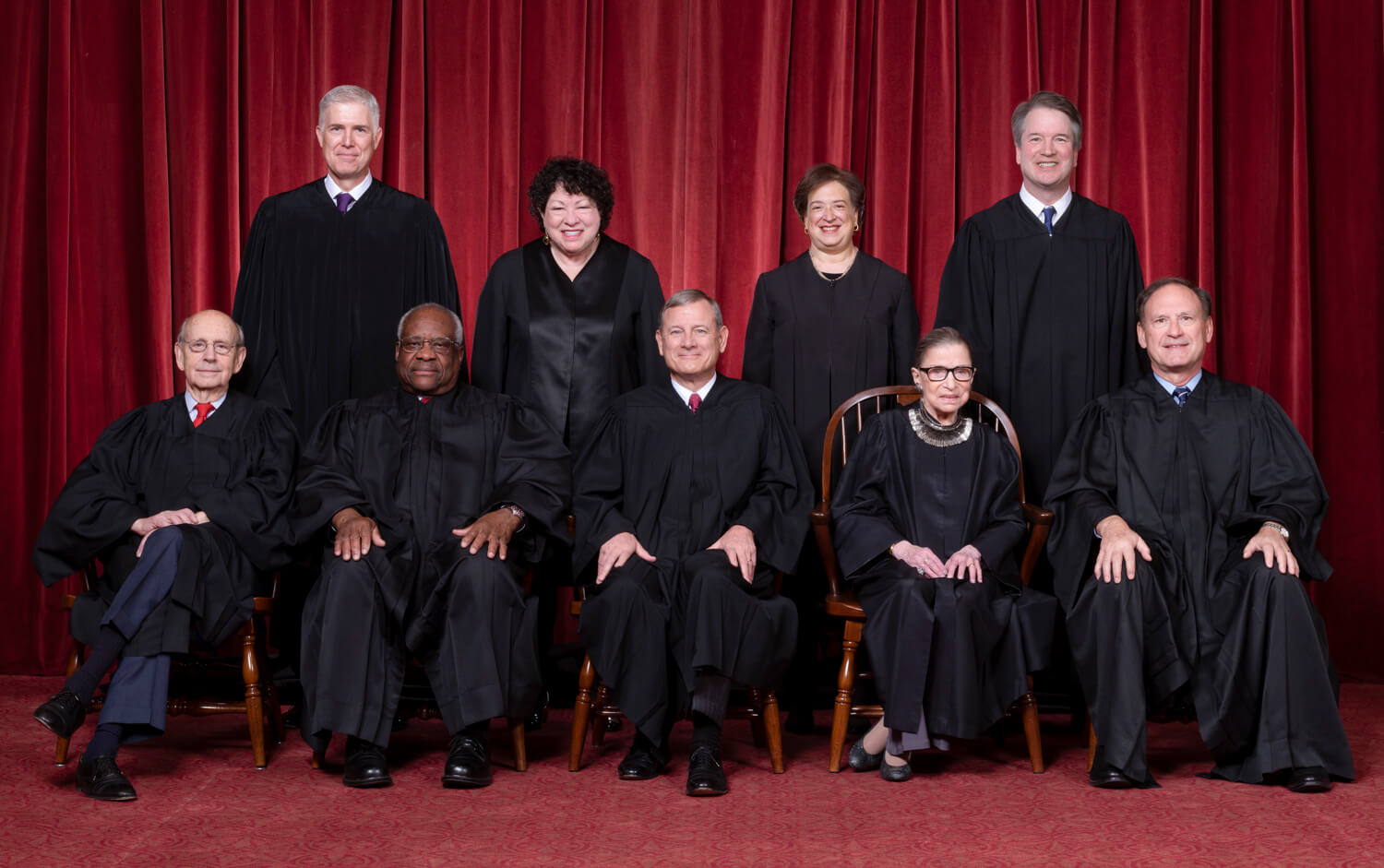
For about five minutes in the last Democratic debate, the candidates discussed reform for the Supreme Court.
It’s not a new conversation by any means.
This year, candidates have ideas to make the highest court more fair, from term limits and expansion to rotating the justices among the federal bench.
Many have questioned whether those reforms could happen because Congress is in charge of the structure of the Supreme Court. But, there is a reform that’s already garnered support in the House of Representatives and Senate.
For years, people have talked about whether to allow cameras in the Supreme Court, particularly after many lower federal and state courts adopted the practice.
Last month, a subcommittee of the House of Representatives held hearings about public access to the Supreme Court and how to increase it.
And in the 2019-2020 Supreme Court term, that could decide rights for Americans across the country, information about what the justices say is in demand for the press and the public.
[inline-ad id=”1″]
What People Miss
On days when the Court is in open session, the public is able to sit in the chamber to watch hearings live, but seats are limited and cases with a lot of attention attract long lines of people.
By the end of the day, the Supreme Court releases transcripts of what happened, and by the end of the week, audio is available.
Still, some argue those measures don’t give Americans a clear idea of how the Court works.
Anthony Marcum, a member of the policy team at R Street Institute and a federal judiciary researcher, said there was a number of benefits to witnessing Supreme Court hearings live, including a greater understanding and appreciation for the institution and an education in how it works.
“Importantly, I think that would make the courts less mysterious, more approachable and would increase public trust in this very important institution in our federal government,” Marcum said.
Even with other options for staying informed about the Court, seeing it live is still preferable, he said.
“There is an important visual aspect to it,” Marcum said. “I think it’s, again, a similar analogy of being in the actual courtroom, being able to see the tone of these conversations. Transcripts, of course, can only tell you so much. Transcripts can tell you what words were said but not how they were said.”
[inline-ad id=”2″]
Marcum said the tone of Supreme Court hearings was an important element to the process because justices are generally respectful to each other and the attorneys.
“This would set a wonderful example of how people in our government and our people at large can disagree without being disagreeable,” he said.
Bipartisan Support
Despite being a well-known proposal, broadcasting Supreme Court hearings isn’t one Democrats have brought up in events or press gaggles.
Marcum thought most of the candidates would support allowing Supreme Court hearings to be broadcast, though, because of existing congressional support.
For years, Iowa Sen. Chuck Grassley has sponsored bills to put cameras in the Supreme Court. Though the bills don’t make it out of the Senate Judiciary Committee, Minnesota Sen. Amy Klobuchar frequently co-sponsors them.
[inline-ad id=”3″]
In fact, both the “Cameras in the Courtroom Act” and the “Sunshine in the Courtroom Act” inspire bipartisan support.
This year, Grassley introduced the “Cameras in the Courtroom Act” alongside Illinois Sen. Dick Durbin. Year after year, other Republicans like South Carolina Sen. Lindsey Graham co-sponsor it.
Marcum said that was even more evidence this Supreme Court reform had a chance to work.
“The significance of it being bipartisan is that it’s an effective way to communicate to the public that this isn’t a right/left issue,” he said. “This is about transparency and opening the People’s Court up to the people.”
What’s The Issue?
The main argument against cameras in the Supreme Court is that it might change the behavior of lawyers arguing the case.
Gabe Roth, executive director of Fix the Court, said there was momentum for the idea at one time.
“In 1991, the federal court started a cameras courtroom pilot program in two federal appeals courts,” he said. “And then, unfortunately, it ended right around the time of the O.J. Simpson trial happened. So, that I think made a lot of folks gun-shy about broadcasting court proceedings.”
Marcum also said there was a fear lawyers or justices would grandstand with a camera audience in the chamber, despite having no jury in Supreme Court proceedings.
“I think that’s speculative,” he said. “There’s very little suggestion that any justice is eager to put on a show and there’s also less incentive for justices to grandstand.”
The same applies to lawyers, he said, who have limited time in front of the justices and don’t want to waste time on an audience that ultimately has no say in how a case is decided.
[inline-ad id=”0″]
Roth said there wasn’t much pressure from the justices because the effort to install cameras might take time away from their work reading petitions and deciding cases. But, that’s not all.
“So, I think part of it is inertia,” he said. “Part of it, I think, is elitism. They’re concerned that if there are cameras in the courtroom during oral argument, the rest of the public wouldn’t understand what’s going on.”
Because the Supreme Court often works in the realm of old legal concepts and in the details of law, it’s likely regular citizens wouldn’t know how to follow the conversation. But Roth said that can be remedied.
Broadcasters can already provide additional information to audiences with graphics. Many organizations fact-check during broadcasts. So, there’s a way to explain Supreme Court proceedings as they happen.
“I think that that’s a really unfortunate misconception that the justices have,” Roth said.
The Net-Benefit
Both Roth and Marcum said the pros outweigh the cons.
Roth suggested a more incremental approach could work, by transitioning slowly to same-day audio, then to live audio, then video, all working up to live broadcast.
The House hearing on public access to the courts included letters from judges on state supreme courts who broadly approved of the practice based on their own experience.
“The feedback from the public and legal community is universally positive,” wrote Bridget M. McCormack, chief justice of the Michigan Supreme Court.
“Viewership is not substantial … but the impact is substantial because the public is assured the sun is shining on the judicial branch. Even if they decide not to watch, they tell us they are grateful that we allow them to choose,” McCormack wrote.
“I thought that was an interesting perspective to see how states have really subscribed to this,” Marcum said. “And as Louis Brandeis said, states are laboratories of democracy, and this is one of these good examples.”
By Nikoel Hytrek
Posted 10/29/19
Support Our Cause
Thank you for taking the time to read our work. Before you go, we hope you'll consider supporting our values-driven journalism, which has always strived to make clear what's really at stake for Iowans and our future.
Since day one, our goal here at Iowa Starting Line has always been to empower people across the state with fact-based news and information. We believe that when people are armed with knowledge about what's happening in their local, state, and federal governments—including who is working on their behalf and who is actively trying to block efforts aimed at improving the daily lives of Iowan families—they will be inspired to become civically engaged.


Big corporations are suing to block Biden’s efforts to lower costs
From the cost of medication to education to everyday expenses, the Biden administration has passed several laws and implemented many federal rules...
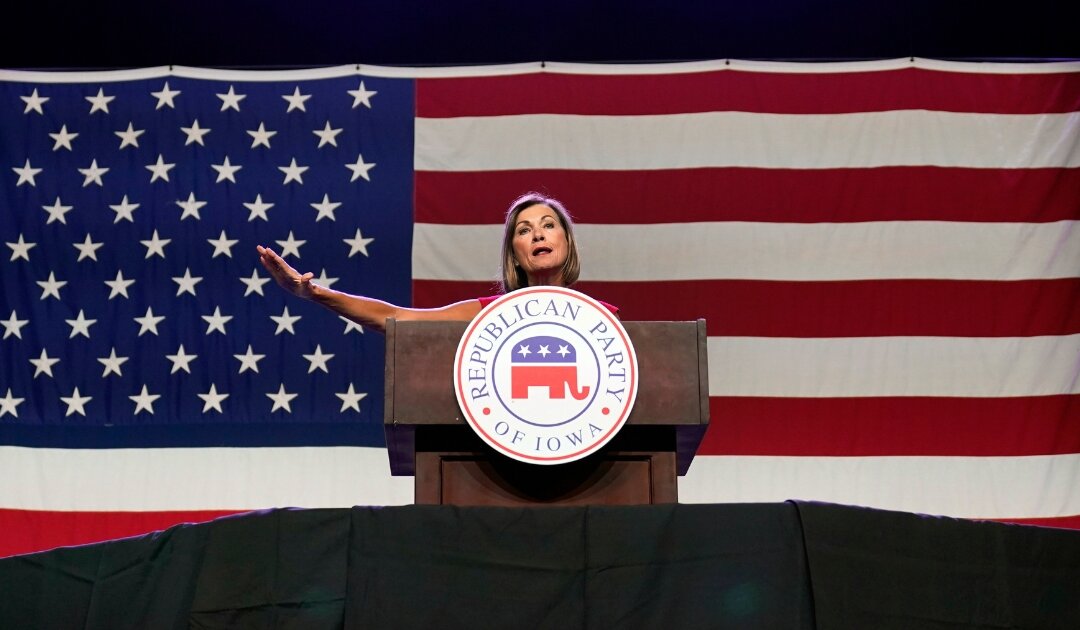
Iowa Republicans make outlawing gay marriage key 2024 campaign priority
Iowa Republicans have made outlawing gay marriage a key goal in their 2024 party platform. During the Iowa GOP’s 2024 state convention on Saturday,...

Department of Justice says Iowa immigration law violates US Constitution
If Iowa doesn’t suspend the enforcement of its new immigration law by May 7, the state could face a federal lawsuit, according to the Des Moines...
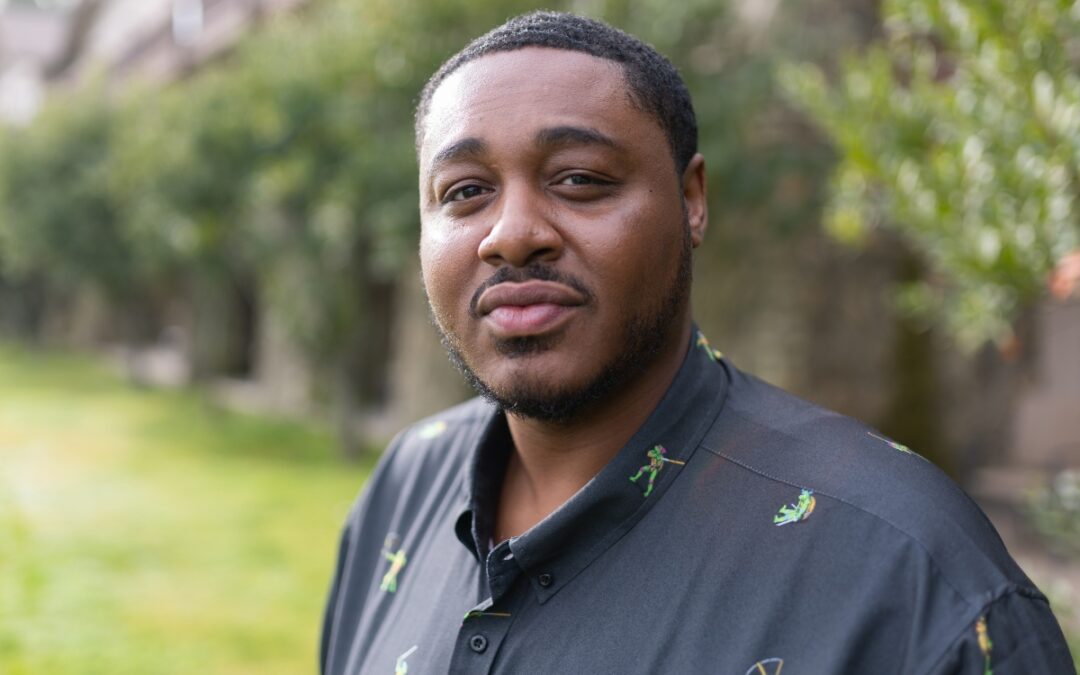
Rushing: Iowa State president said the quiet part out loud
I want to thank Iowa State University President Wendy Wintersteen for doing us all a favor by finally saying the quiet part out loud: all the...
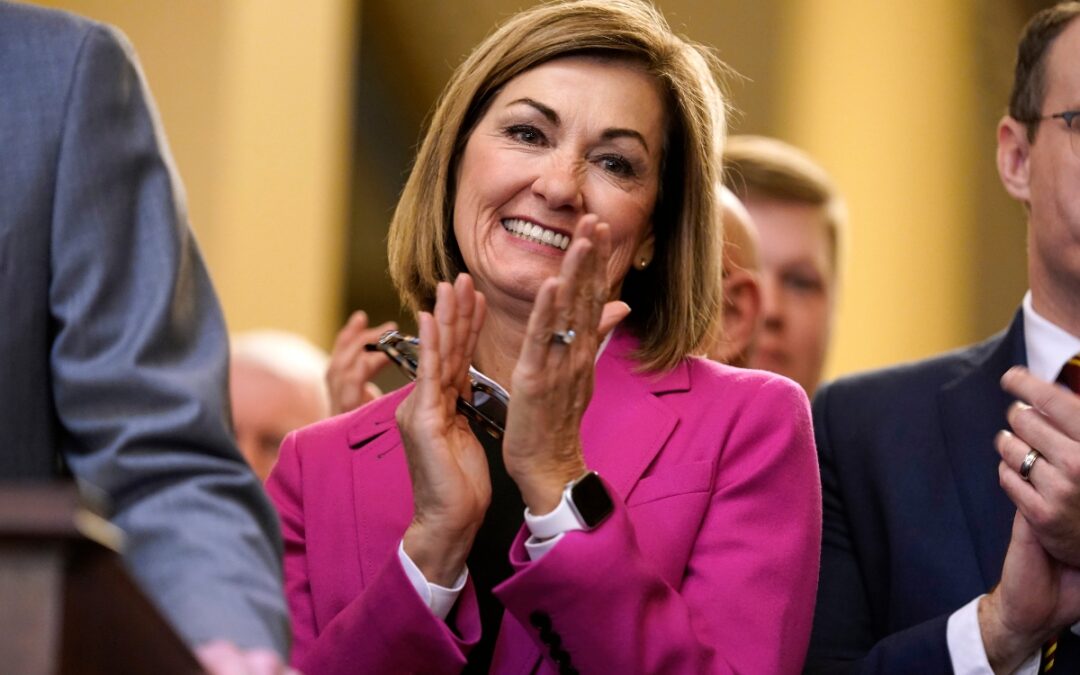
Iowa sets aside almost $180 million for year two of voucher program
Iowa has committed nearly $180 million in taxpayer funds to support private school tuition in the 2024-25 school year, which is almost $50 million...
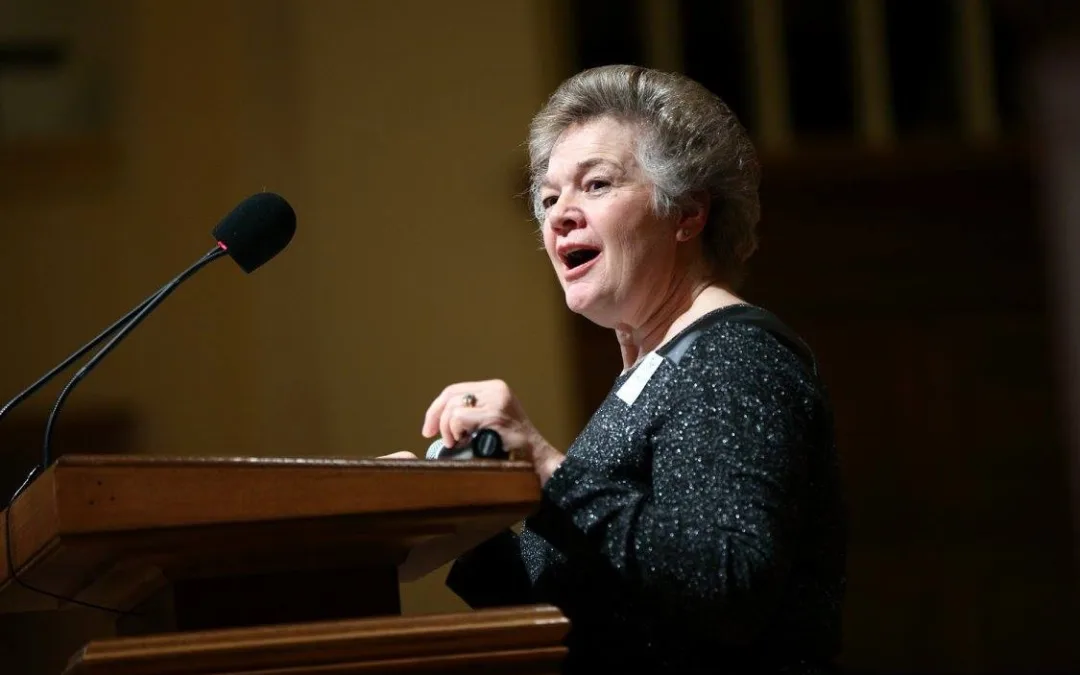
Kalbach: Immediate action needed on corporate ag pollution
Iowa agriculture has undergone substantial changes over the past 40 years. We see it all around us. Rather than crops and livestock being raised on...



